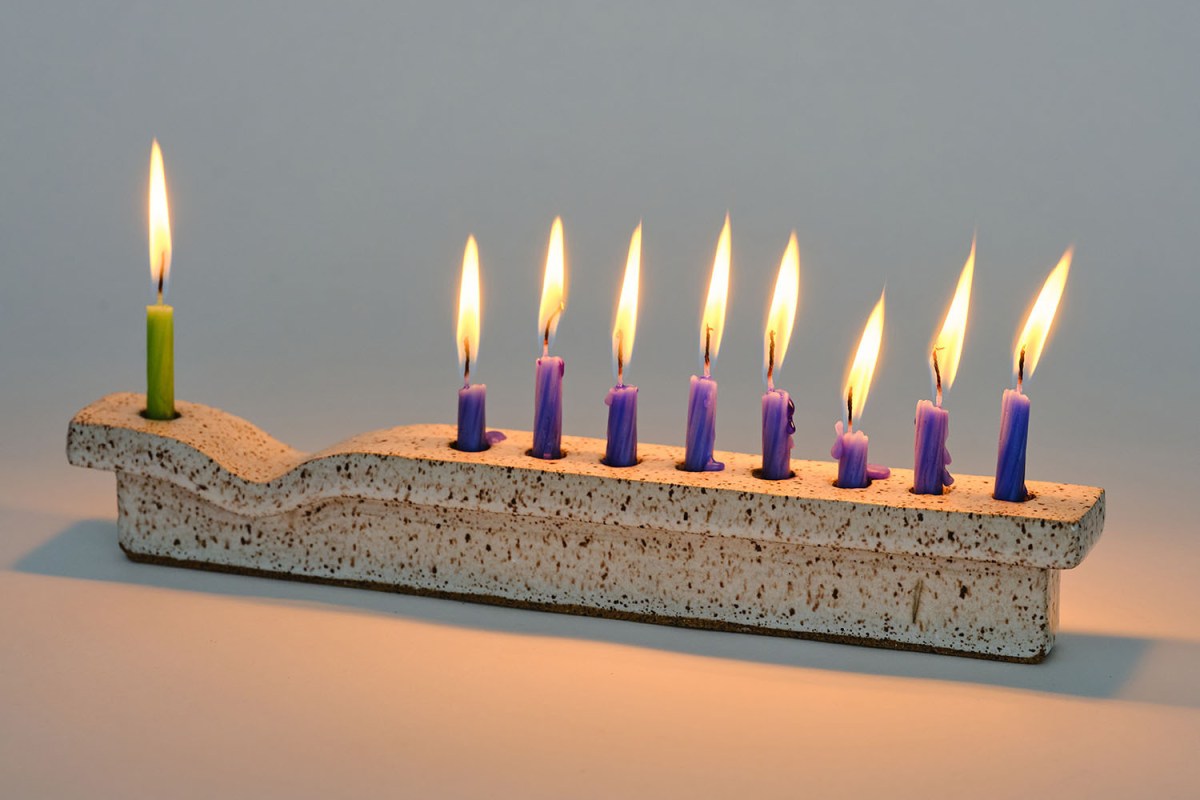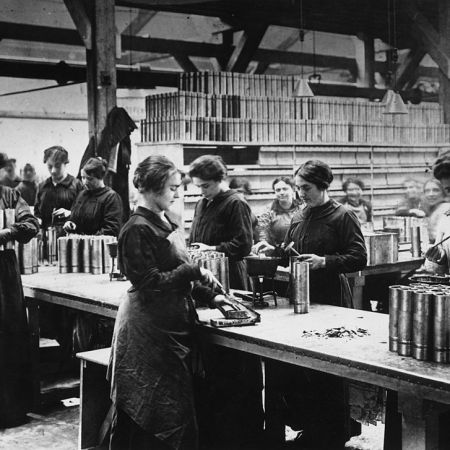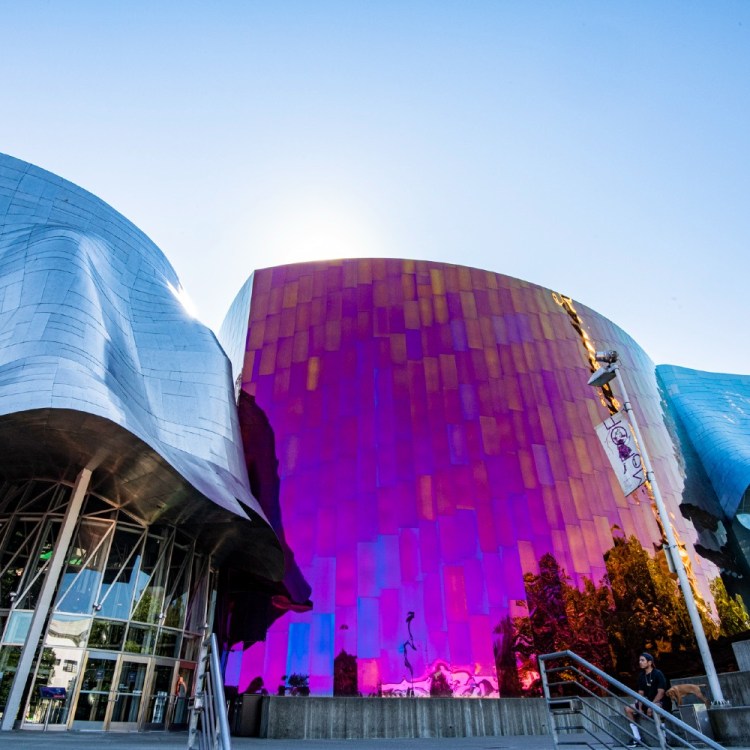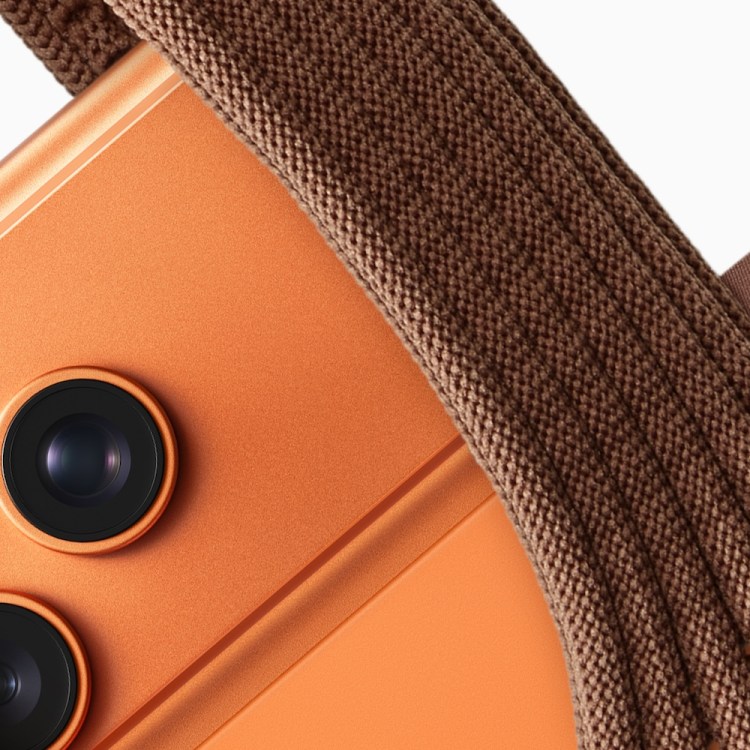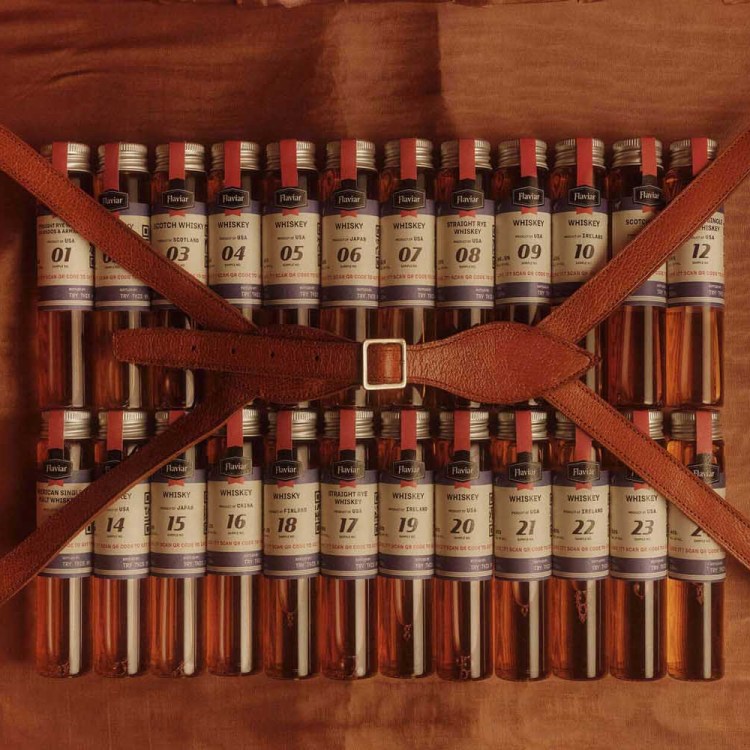Since my preschool days at Ramat Shalom in South Florida nearly 30 years ago, my family has used exactly one menorah for Hanukkah every year. Decorated in tiny colored square tiles glued by my four-year-old fingers onto a small slab of wood painted black, this quirky relic of my youth sits on a paper plate my mother will cover with tin foil. Once lit, it will drip with wax from the colored candles, which all seem to come from the same blue box found in the one aisle of the grocery store that at different times of the year will have gelt, borscht, matzo, or all of the above. It is the one object in my family’s collection of Judaica, as Jewish ritual objects are known, that I am most attached to.
While Judaism as a whole discourages materialism, participating in a ritual with objects deemed beautiful is considered a way of adorning the commandments — you know, the 10 famous ones, Old Testament-style — which is a concept called hadar mitzvah. “It’s considered meritorious to be able to enhance the beauty of the commandment with ornaments,” says Sharon Liberman Mintz, Senior Consultant of Judaica at Sotheby’s.
Traditionally, these ornaments did not necessarily look like mine, however. Gold and silver were long the order of the day, as these materials were considered the finest possible, though gold’s softness and expense often led silver and even pewter to become more popular. Items like these are on view in two upcoming Sotheby’s auctions on December 17, one for Important Judaica and the other from the collection of the Sassoon family, known as the “Rothschilds of the East.” There is always a metallic sheen over my memories of the Judaica I’ve encountered throughout my life, these objects of gold, silver, copper, filigree and more, all so ornate while inhabiting glass shelves or china cabinets. These objects are intricately engraved with trees, with Hebrew, with religious symbology, their elaborate nature once considered the height of aesthetic sensibility.
For a long time, however, Jews themselves did not make these pieces because they weren’t allowed into guilds where they would have learned such skills, particularly in Europe, until the 19th century (with the exclusion of the Polish-Lithuanian Commonwealth known as Galicia in the 16th-18th centuries, which did allow Jews). But as times and aesthetics have changed, a new era of Judaica has emerged to meet the visual desires of our current moment: minimalist, contemporary, accessible.
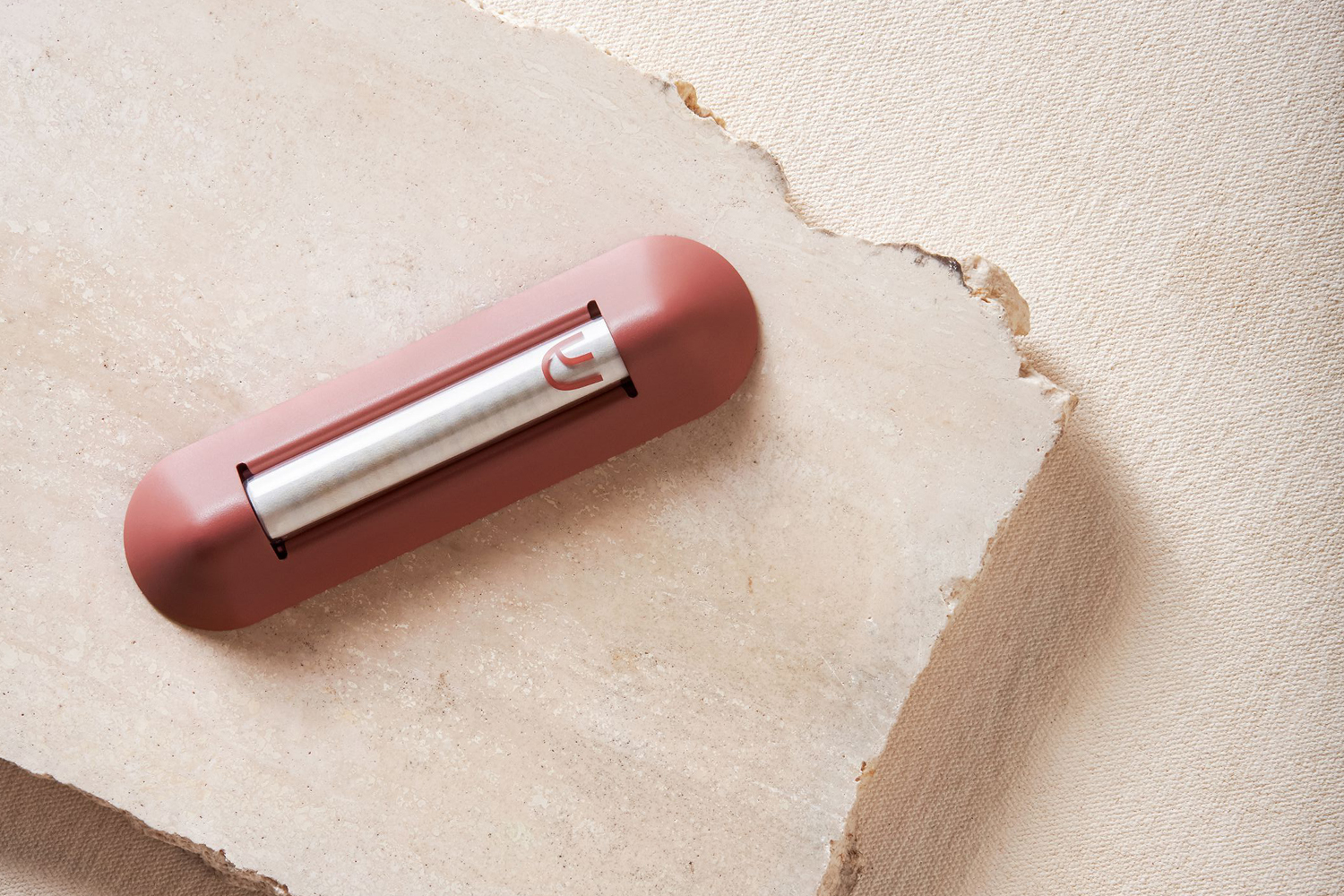
The desire for something new is not unusual, given Judaism’s history. “Once a temple was destroyed in Jerusalem in the year 70 of the common era, prayer took the place of worship in the temple. As a result, people wanted to make it the most beautiful experience,” Mintz says. Perhaps accordingly, the Bible offers intricate explanation of what the former tabernacle looked like. “You would see this and you would want to create your own sanctuary in that model,” she says. And when you’re creating your own sanctuary, why wouldn’t you want your Judaica to match your vision? This is something brands like Judaica Standard Time, Via Maris and Verse 18 have all been thinking about as they develop their collections of contemporary Judaica.
The brands’ creation stories are not dissimilar: unable to find pieces in an aesthetic that appealed to them, the founders created something they wanted to see. In the process of doing so, they may have also created an opportunity for a generation of people to re-embrace traditions they had since overlooked, be educated anew, or change the way they think about Judaica. Objects don’t have to be gold and silver and ornate and covered in religious symbology to honor the past. They don’t have to hide year-round only to be brought out at special occasions. They can even be actively embraced by people outside of the Jewish community. There can be freedom in the interpretation of traditional Jewish aesthetics, as well as a reimagination of what that can mean.
Created by musicians Jesse Kivel, Michael David and David Kitz, Judaica Standard Time features a playful yet smartly handcrafted look, with menorahs made in partnership with ceramicists like B. Zippy and ANK Ceramics. Hoping to make a fun experience of Judaica, the brand “[doesn’t] want to be disrespectful of the religion, we want to honor it and celebrate it, but we also want to celebrate the imperfections and the playful nature of us as people because that’s honest to who Mike, myself, and David are,” Kivel says. The hand-dipped look of their modular menorah and the sleekness of the stoneware menorah resonates, too: all but one style of the former is currently sold out.
“It’s not uniform, but there’s a desire and a drive to create or establish what your generation values aesthetically. I think each generation has an opportunity to reimagine what that might be and we wanted to think through what that might mean, Judaica-wise,” Kitz says. “We thought something that felt design- and art-forward would catch people’s eye, would feel like it fit in a younger, more contemporary home,” he continues, adding that older heirlooms, “while amazing and valuable and you’re lucky if you have one,” might not fit with the aesthetics of most millennial homes. With Judaica Standard Time, “We thought maybe we could make something that feels seamless.”
Dana Hollar Schwartz’s Via Maris similarly sought to re-contextualize Judaica with a Modernist aesthetic. “Cultivating your own Hanukkah or your own shabbat experience or … putting an ultra modern mezuzah on your door is a natural evolution for people whose aesthetic matches what I’m doing,” she says. Her Block Chanukiah reimagines the menorah as a sleek structure while her Trace Chanukiah takes the traditional menorah design and adds a crisp matte finish in soft, neutral colors that she also incorporates into her candleholders and mezuzahs. She even offers candles for all of the above that aren’t so drippy.
Schwartz believes in the power of the chic ritual object, that creating space for your own aesthetic in your traditions can perpetuate a practice, no matter your level of observance. “It saddened me very much [when it] dawned on me that the people that I knew in my peer group — and there had to be more like me — probably weren’t engaging with these objects and therefore not engaging with the traditions themselves, and then what happens?” Schwartz said. “I think one of the best ways to fight anti-Semitism is to be a proud Jew first and foremost. To help give people tools that help them be that, or be more of that, or find objects they can connect with in a more contemporary context was really important.”
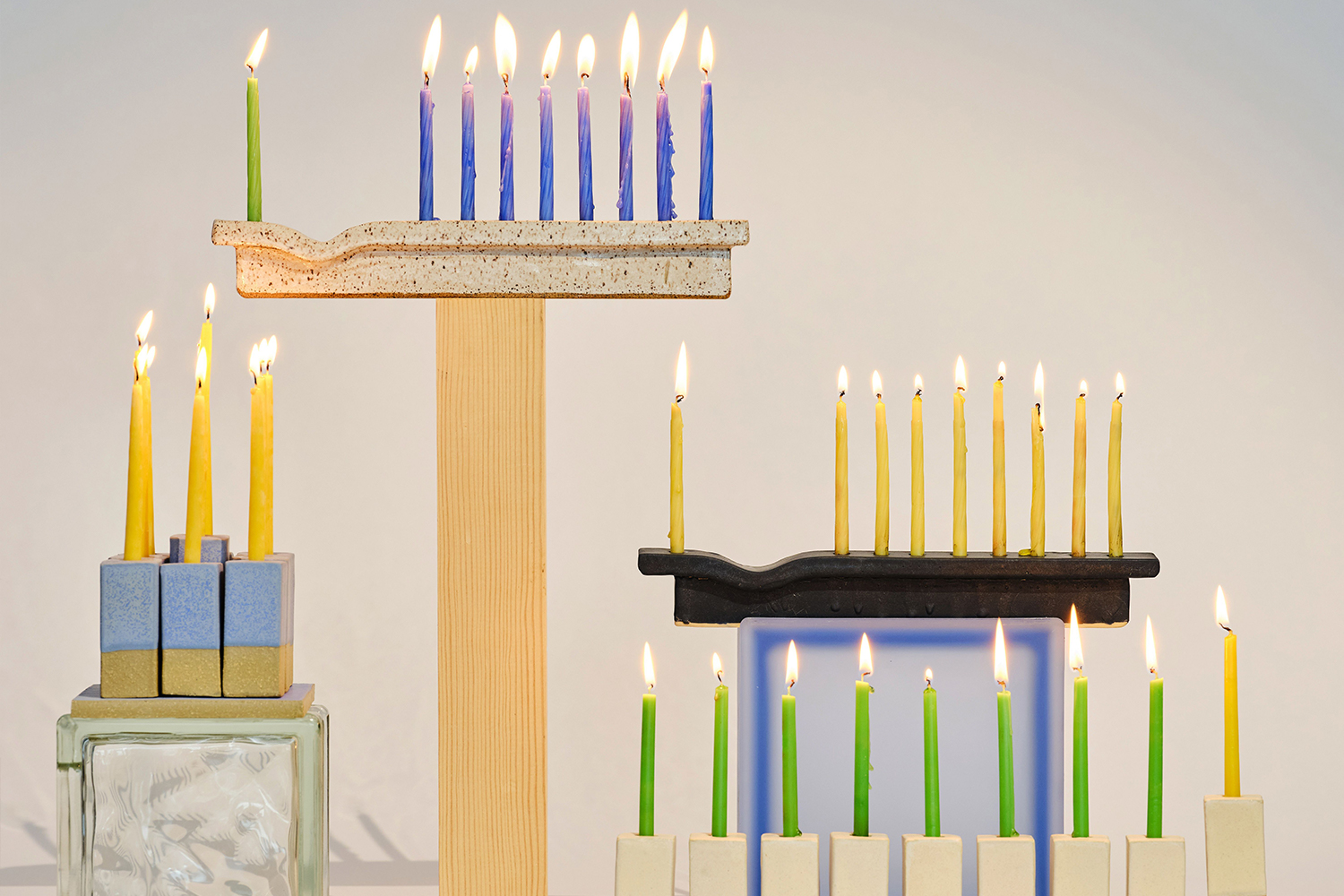
Accessibility was also key for Judy Kaufman, co-founder and creative director of Verse 18, whose organic, design-forward collection of Judaica and lifestyle attire was created to make Judaism and Jewish ritual more approachable. A cream-colored tote bag bears futuristically designed Hebrew text for the words meaning “Thank You” or “Amen.” A handmade charm offers a blessing for peace. A ceramic mug wishes you a good morning. “You might not wear a kippah, but you might wear a chai beanie,” Kaufman says. She features her father, a Holocaust survivor, wearing one on the brand’s Instagram. Kaufman didn’t want to make Verse 18 “one of those cute kitschy niche Jewish brands out there with matzo ball t-shirts and dreidel socks,” she says. Rather, she seeks to bring a “fresh, clean neutral palette and beautiful, modern, tasteful design to Jewish ritual goods.” Kaufman hopes to invoke curiosity from an artistic standpoint, developing goods that invite both the practicing and non-practicing, the Jewish and non-Jewish, without being prescriptive or limiting the understanding of Judaism to only its rules and holidays. Instead, she says, she hoped to create an opportunity for people to understand aspects of Jewish wisdom as they relate to positivity and wellness.
Interestingly, the creation of Judaica throughout millennia doesn’t differ from the paths Judaica Standard Time, Via Maris, and Verse 18 have taken. Judaica from the Italian Baroque period features the same ornamentation of that time and place, and the same goes for North Africa, Iran, Russia, or what have you. In 1906, the Jewish artist Boris Schatz even created the Bezalel Art School in Jerusalem specifically “to train the people of Jerusalem in crafts, develop original Jewish art and support Jewish artists, and to find visual expression for the much yearned-for national and spiritual independence that seeks to create a synthesis between European artistic traditions and the Jewish design traditions of the East and West, and to integrate it with the local culture of the Land of Israel.” The desire and creation of new aesthetics in Judaism is an ongoing, ever-evolving process, in other words.
“I think it’s exciting to be able to see the multiplicity of styles and the way in which Jews embraced and engaged with the culture of their period,” Mintz says. “It’s a pleasure to be able to hold something that’s beautifully crafted in your hand if a person relates more to a modern style.”
This article appeared in an InsideHook newsletter. Sign up for free to get more on travel, wellness, style, drinking, and culture.
